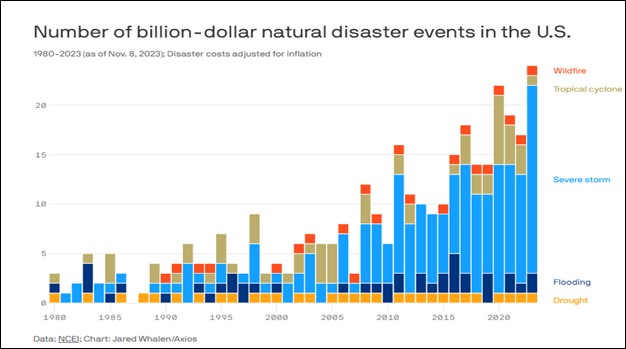by Patrick Fearon-Hernandez, CFA, and Thomas Wash
[Posted: 9:30 AM EST] | PDF
Our Comment today opens with hints of further tightening in the eurozone’s monetary policy, despite the continuing slowdown in the region’s economic growth. We next review a wide range of other international and U.S. developments with the potential to affect the financial markets today, including an extended ceasefire in the Israel-Hamas conflict and positive remarks on the U.S. labor market by popular former Federal Reserve economist Claudia Sahm.
Eurozone: In a hearing at the European Parliament yesterday, European Central Bank President Lagarde said her policymakers are likely to consider an early end to the reinvestment of maturing bonds related to the ECB’s pandemic stimulus efforts, rather than continuing them to the end of 2024 as currently planned. Allowing the ECB’s bond holdings to mature without reinvesting the proceeds would effectively soak up liquidity and further tighten eurozone monetary policy even if the ECB stops raising interest rates. However, it’s entirely possible the policymakers will keep reinvesting the proceeds if the eurozone economy continues to slow.
United Kingdom-Greece: The British and Greek governments are embroiled in a bitter feud over the “Elgin Marbles” held at the British Museum in London. The Greek government has long wanted to repatriate the 2,500-year-old, fragmentary sculptures from the Parthenon in Athens after they were taken to Britain in the 18th century, but Prime Minister Sunak and many others in Britain believe they are an essential part of the British Museum’s permanent collection.
Russia-Ukraine-Turkey: New data shows that Turkish imports and exports of certain dual-use, civilian/military goods needed for Russian military production have surged this year, suggesting Ankara is playing both sides in the showdown between Russia and Western-supported Ukraine. As the world fractures into relatively separate geopolitical and economic blocs, we would expect to see exactly this kind of behavior among countries situated on the borderlands between rival camps. On the other hand, the move is risky for Turkey, as it could invite a backlash from its Western allies and complicate the trade and investment relations it needs to make the most of its economic potential.
Israel-Hamas Conflict: The Israelis and Hamas agreed to extend their ceasefire and hostage exchanges for an additional two days, rather than letting them expire yesterday as originally planned. If implemented, the extension should lead to Hamas releasing another 20 of its Israeli hostages, while Israel will release 60 of the Palestinians it holds in its jails. More important for investors, the extended ceasefire may further reduce the risk of the conflict spreading, although we don’t think it would eliminate the risk.
- Egyptian and Qatari officials say the current ceasefire is helping build trust that could be turned into a longer-term ceasefire and perhaps even negotiations toward a truce that would end the fighting.
- However, given the compromises Israel and Hamas would likely need to make for such a truce, it’s probably much too soon to look for such a development.
United States-China: David Solomon, CEO of Goldman Sachs (GS, $337.71) said this week that the worsening U.S.-China rivalry has prompted his firm to abandon its previous China strategy of “growth at all costs.” According to Solomon, “Today, it’s a more conservative approach [in China] and we’ve probably pared back some of our financial resources there, simply because there’s more uncertainty.” The statement is consistent with our view that the U.S.-China competition has raised risks for investors, whether they’re direct investors like Goldman or portfolio investors holding assets exposed to China.
U.S. Labor Market: In one of her “Stay-At-Home Macro” posts over the weekend, popular former Fed economist Claudia Sahm offers a comprehensive argument that most U.S. workers are better off now than they were before the coronavirus pandemic. While few of her individual observations are groundbreaking, the overall picture she paints probably helps explain the current resilience in U.S. economic growth and the possibility that the country will avoid a recession outright or have only a modest dip in the coming year.
U.S. Pharmaceutical Industry: President Biden announced yesterday that he will invoke the Defense Production Act to allow government investment in pharmaceutical supply chains as a way to help ensure the availability of key drugs and related medical supplies such as insulin, morphine, vaccines, and ventilators. The move will allow the Department of Health and Human Services to provide about $35 million for capital investments and other needs in the medical supply chains.
- The move is consistent with similarly modest DPA investments in the traditional defense industry.
- With many reports showing defense firms are having trouble ramping up their output of advanced weapons, ammunition, and other supplies, a key question is why the government isn’t making even stronger use of the DPA.
U.S. Green Technology Industry: As governments around the world keep pushing policies to cut the amount of carbon in the atmosphere, they’ve mostly focused on cutting carbon emissions. Now, a rising new set of technologies aims to take the carbon out of the air after it’s been emitted. For example, a start-up firm called Graphyte has developed a product that uses agricultural waste products such as sawdust or tree bark to naturally absorb carbon dioxide. The product can reportedly remove carbon from the air at a cost of about $100 per metric ton, well below the main competing technology, direct-air capture, which costs about $675 per metric ton.



 (Source: Hudson Institute, 2023)
(Source: Hudson Institute, 2023)
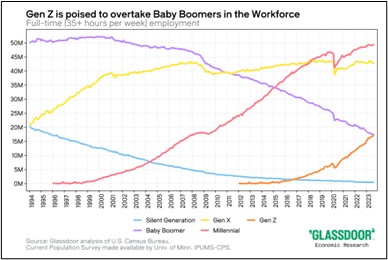

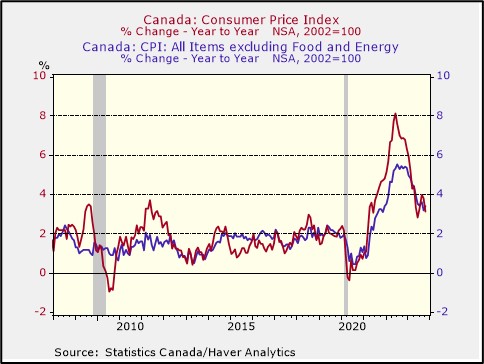
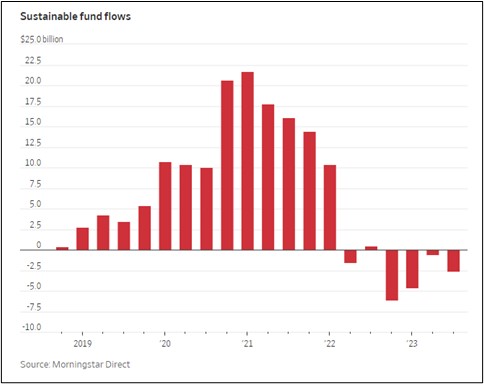
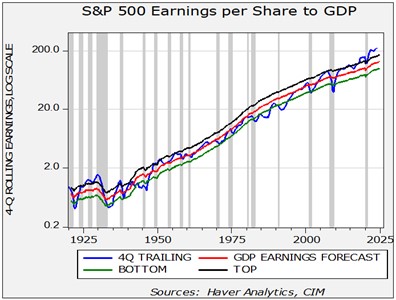
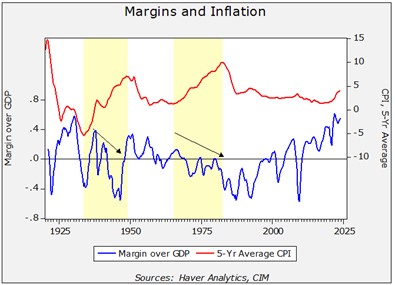
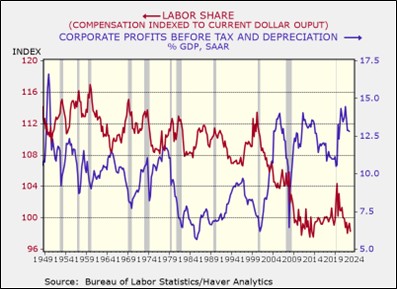



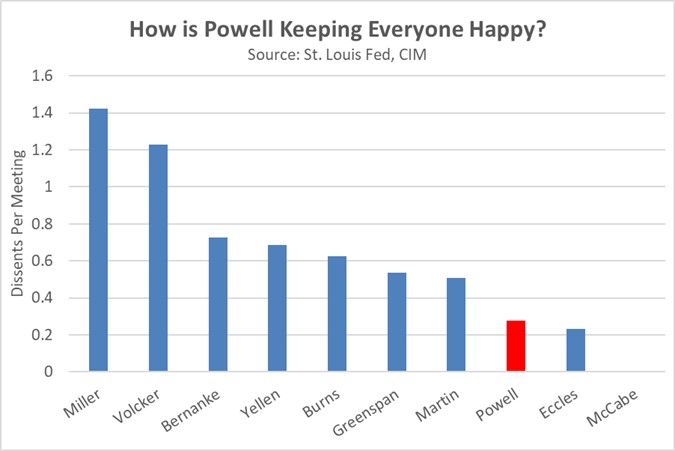



 (Source: Barchart.com)
(Source: Barchart.com)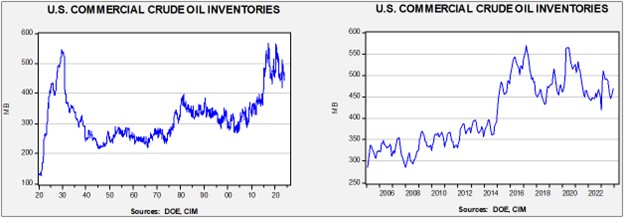
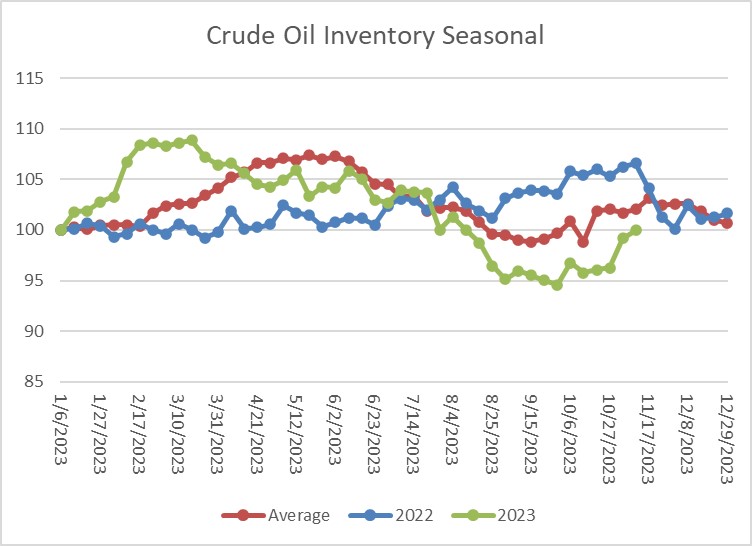 (Sources: DOE, CIM)
(Sources: DOE, CIM)

